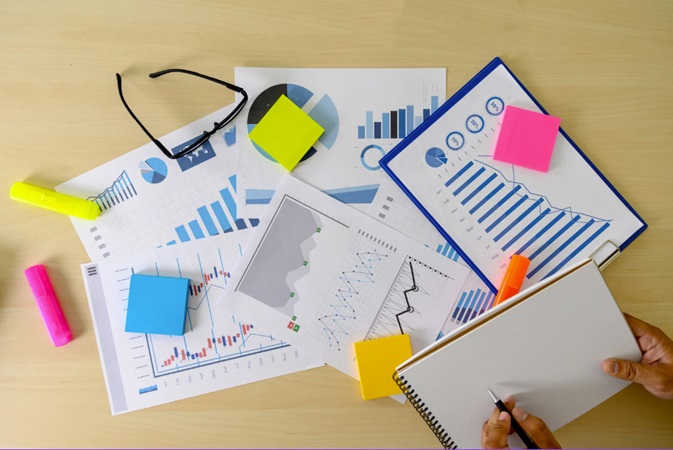Navigating human insights during a pandemic: Perspectives from CPG and research
If the pandemic has crystalized one thing for me, it’s my role as a navigator during a crisis. We’re all aware of the storm of issues that COVID has caused for data and its collection. Out-of-stocks have wreaked havoc on retailer data and challenged our ability to draw direct correlations to consumer purchase behavior. Machine learning, which relies on past behavior to predict the future, has required human intervention in order to avoid maelstroms in inventory management, fraud detection and marketing programs (MIT Technology Review: Our weird behaviour during the pandemic is messing with AI models). For some organizations, gaps in data sets have instilled fear and distrust in drawing insights and as a result, they have pulled back from data collection and research. Out of a necessity to thrive, other organizations have adopted a more agile perspective and looked creatively at the variety of data available to guide their strategies. One study suggests that in times of crisis, businesses should increase the frequency of data collection and processing, incorporate new data sources (internal and external), and use existing data in new ways (McKinsey & Company: Leadership’s role in fixing the analytics model that Covid-19 broke). So more data, not less.
At first glance, different data sets might draw us to diverging insights, and point us in different directions. Let’s relish it. In my opinion, when coupled with thoughtful questioning and interpretation, more diverse data sets -- even those riddled with information gaps or divergent facts -- can get us to something potentially more interesting than before. As an Insights professional, I’ve learned that it is part of my job to help make the complex seem simple, so that my business partners can derive the right strategy. I just need to navigate them through the data and insights.
- CPG client: Anna Conte, Associate Director of Insights, Clorox Canada
One of my primary roles is to guide clients on data and aid them in achieving actionable insights from our combined data. When the first lockdown occurred in March 2020, several clients were directed to ‘hold up’ and teams were challenged with resourcing: people, data and direction. As the initial freeze turned into the new normal, businesses needed to find ways to come back to life and start redefining goals and objectives. We started fielding questions around our data:
- Timeliness: When was the data collected?
- Relevancy: Does it capture the COVID experience?
- Frequency: How often is the data updated?
- Longevity: How can I use this ‘old data’ for this ‘new world’?
These are great questions that need to be asked with careful consideration given to the answers and the implications for each business. My question to clients is quite straightforward: What business objective are you trying to address with this data? The questions back and forth highlight a critical aspect to successfully maneuver through this complicated time -- the human element. People must be alert, critical and open around the data that drive their insights. Businesses cannot wait for the next normal to begin later in 2021 to restart their livelihood and set goals and targets for the enterprise. Data going into models should be reviewed along with the data coming out of the models. Insights should be developed with key stakeholders providing ‘logic’ checks to the outcomes. Does it make sense what we are seeing in this report? Is there something missing or overstated? Does it jive with what our front-line staff are reporting? Do we need to add cautions or caveats around this analysis, or does it need to be rerun with new data and if so, what kind of data? The one thing we do know is that no one can wait for perfect data set that completely captures the environment. That didn’t exist before and it won’t exist in the future. This current climate of change and uncertainty is where we really need to lean into the people who live the business to help identify and understand the right data and the resulting analytics that support and drive tactical and strategic objectives. Experience and science must come together for success.



































